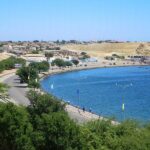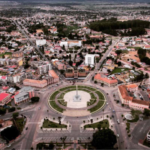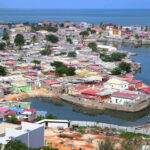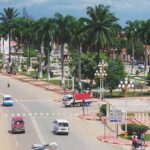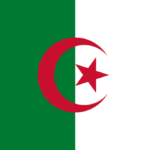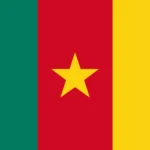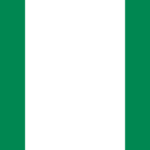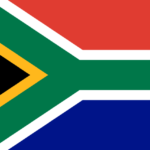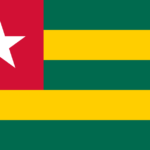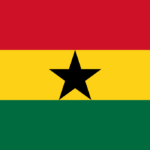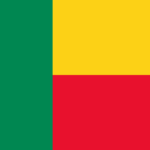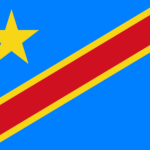Angola
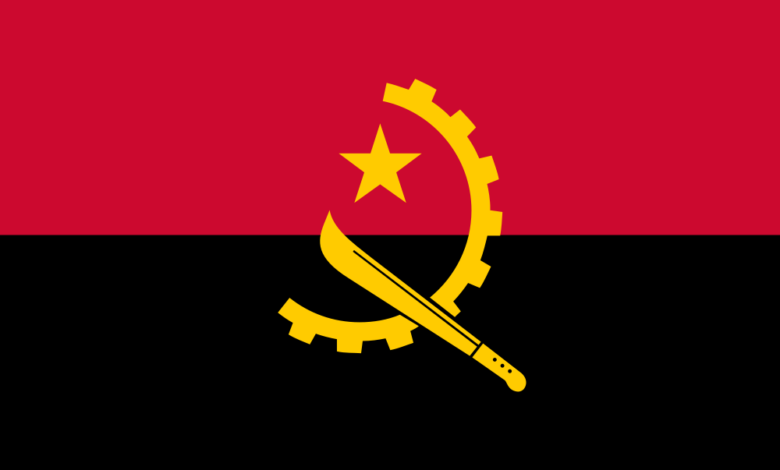
The Republic of Angola is a country located on the west coast of Southern Africa. The capital and most populous city is Luanda. Angola is bordered by the Atlantic Ocean in the west, Namibia in the south, the Democratic Republic of the Congo (former Zaire) in the north, and Zambia in the east. The exclave province of Cabinda is separated from Angola by a tongue of the Democratic Republic of the Congo and also borders with the Republic of the Congo.
Angola ( Portuguese: [ɐ̃ˈɡɔlɐ]; Kongo: Ngola, pronounced [ŋɔla]) is the second-largest Lusophone (Portuguese-speaking) country in both total area and population (behind Brazil in both cases) and is the seventh-largest country in Africa.
It occupies an area of 1,246,700 km², compared it is almost 14 times the size of Portugal, the former colonial power of the country, or slightly less than twice the size of the U.S. state of Texas.
This country has a population of 24.4 million people (census 2014). Spoken languages are Portuguese (official), and several Bantu languages like Kikongo, Kimbundo, Tchokwe, Umbundo and others.
The exclave province of Cabinda is separated from Angola by a tongue of the Democratic Republic of the Congo and also borders with the Republic of the Congo.
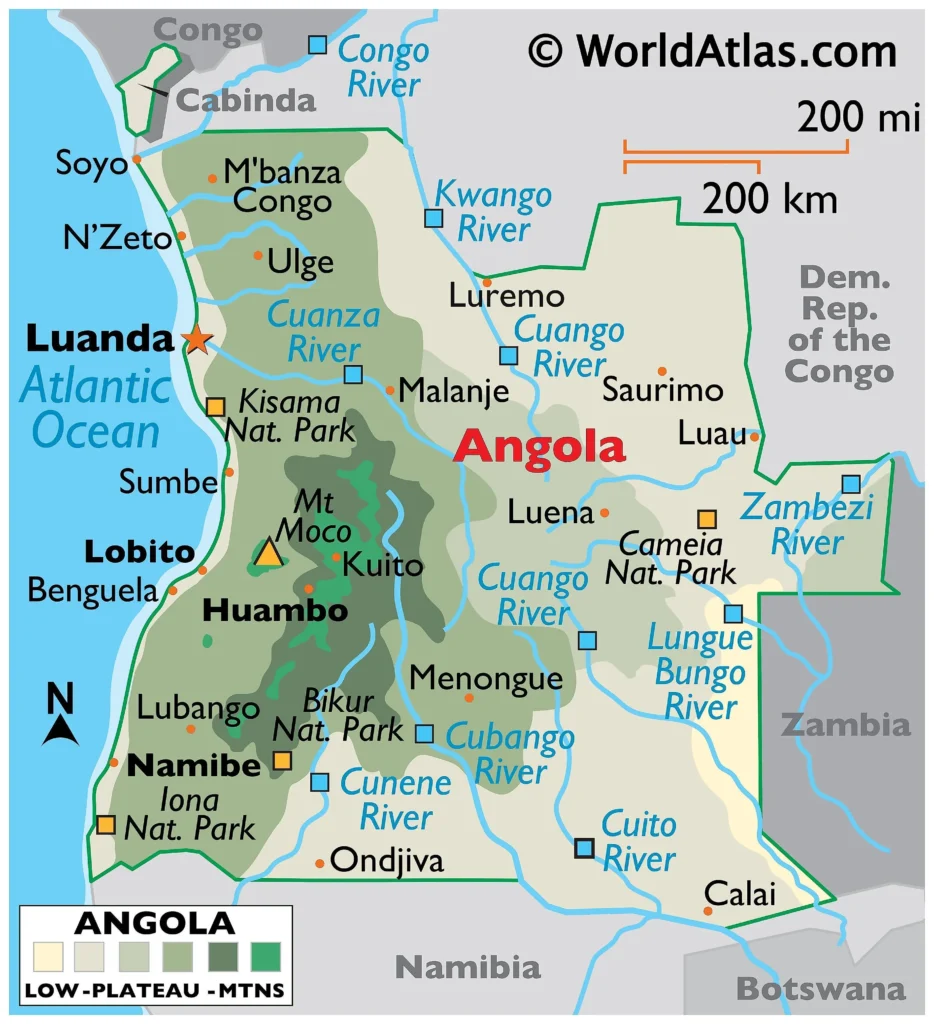
Map View
Background:
Civil war has been the norm in Angola since its independence from Portugal in 1975. A 1994 peace accord between the government and the National Union for the Total Independence of Angola (UNITA) provided for the integration of former UNITA insurgents into the government and armed forces.
A national unity government was installed in April of 1997, but serious fighting resumed in late 1998, rendering hundreds of thousands of people homeless. Up to 1.5 million lives may have been lost in fighting over the past quarter century. The death of Jonas SAVIMBI and a cease-fire with UNITA may bode well for the country.
President DOS SANTOS (in office since 1979) pushed through a new constitution in 2010 and elections held in 2012 saw him installed again as president. Angola assumed a nonpermanent seat on the UN Security Council for the 2015-16 term.
In an article from March 2015, the New York Times wrote:
“This is a country laden with oil, diamonds, Porsche-driving millionaires and toddlers starving to death. New Unicef figures show this well-off but corrupt African nation is ranked No. 1 in the world in the rate at which children die before the age of five.”
Independence
Under colonial law, black Angolans were forbidden from forming political parties or labour unions. The first nationalist movements did not take root until after World War II, spearheaded by a largely Westernised and Portuguese-speaking urban class, which included many mestiços. During the early 1960s, they were joined by other associations stemming from ad hoc labour activism in the rural workforce. Portugal’s refusal to address increasing Angolan demands for self-determination provoked an armed conflict, which erupted in 1961 with the Baixa de Cassanje revolt and gradually evolved into a protracted war of independence that persisted for the next twelve years. Throughout the conflict, three militant nationalist movements with their own partisan guerrilla wings emerged from the fighting between the Portuguese government and local forces, supported to varying degrees by the Portuguese Communist Party.
The National Front for the Liberation of Angola (FNLA) recruited from Bakongo refugees in Zaire. Benefiting from particularly favourable political circumstances in Léopoldville, and especially from a common border with Zaire, Angolan political exiles were able to build up a power base among a large expatriate community from related families, clans, and traditions. People on both sides of the border spoke mutually intelligible dialects and enjoyed shared ties to the historical Kingdom of Kongo. Though as foreigners skilled Angolans could not take advantage of Mobutu Sese Seko’s state employment programme, some found work as middlemen for the absentee owners of various lucrative private ventures. The migrants eventually formed the FNLA with the intention of making a bid for political power upon their envisaged return to Angola.
A largely Ovimbundu guerrilla initiative against the Portuguese in central Angola from 1966 was spearheaded by Jonas Savimbi and the National Union for the Total Independence of Angola (UNITA). It remained handicapped by its geographic remoteness from friendly borders, the ethnic fragmentation of the Ovimbundu, and the isolation of peasants on European plantations where they had little opportunity to mobilise.
During the late 1950s, the rise of the Marxist–Leninist Popular Movement for the Liberation of Angola (MPLA) in the east and Dembos hills north of Luanda came to hold special significance. Formed as a coalition resistance movement by the Angolan Communist Party, the organisation’s leadership remained predominantly Ambundu and courted public sector workers in Luanda. Although both the MPLA and its rivals accepted material assistance from the Soviet Union or the People’s Republic of China, the former harboured strong anti-imperialist views and was openly critical of the United States and its support for Portugal. This allowed it to win important ground on the diplomatic front, soliciting support from nonaligned governments in Morocco, Ghana, Guinea, Mali, and the United Arab Republic.
The MPLA attempted to move its headquarters from Conakry to Léopoldville in October 1961, renewing efforts to create a common front with the FNLA, then known as the Union of Angolan Peoples (UPA) and its leader Holden Roberto. Roberto turned down the offer. When the MPLA first attempted to insert its own insurgents into Angola, the cadres were ambushed and annihilated by UPA partisans on Roberto’s orders—setting a precedent for the bitter factional strife which would later ignite the Angolan Civil War.
Art and Culture
Art & Culture of Angola
The Art and Style of Angola.
e.studio
Article about the cultural initiative and artist collective e.studio, based in Luanda.
Operation Noah’s Ark
The Kissama Foundation, along with the Angolan government, is relocating 150 elephants and eight other species of the game from Namibia and Botswana to Quiçama National Park, Angola.
Official Sites
Angola is ruled by a multiparty presidential regime. The President is the Head of state and head of government, chief commander of the armed forces and chairman of the council of the republic. The president possesses the executive authority in the Angolan government after the 2010 constitution eliminated the position of prime minister.
In Transparency International Corruption Perceptions Index 2015
where the least corrupt country ranks #1, Angola is ranked #163 (out of 168) together with South Sudan. Only Sudan, Afghanistan, North Korea and Somalia ranked worse.
Angola
The Official Web Site of the Republic of Angola.
Assembleia Nacional da República de Angola
Angola’s National Assembly.
Ministério das Relações Exteriores (MIREX)
Ministry for external relations.
Diplomatic Missions
Permanent Mission of Angola to the United Nations
Republic of Angola’s Mission to the UN.
Embassy of the Republic of Angola to the US
Official website of the Embassy of Angola, Washington, DC.
Embassy of Angola in the UK
Republic of Angola Embassy in the UK.
Angolan Embassies Abroad
Address List of Angolan Embassies worldwide.
Business & Economy
Angola’s high growth rate in recent years was driven by high international prices for its oil. Angola became a member of OPEC in late 2006. Oil production and its supporting activities contribute about 85% of GDP and diamond exports contribute an additional 5%.
Subsistence agriculture provides the main livelihood for most people, but half of the country’s food is still imported. Despite a postwar reconstruction boom, much of the country’s infrastructure is still damaged or undeveloped from the 27-year-long civil war.
Direcção Nacional do Comércio Interno
Ministry of Commerce provides information on commercial reforms, legislation and developments in Angola. (in Portuguese)
Ministério da Indústria
Ministry of Industry. (in Portuguese)
Banco Nacional de Angola (BNA)
National Bank of Angola.
SONANGOL
Angola’s National Oil Company
Flag of Angola
You can download the flag of Angola in PNG, webP, SVG, and JPG formats from here
National Anthem
“Angola Avante” (“Onwards Angola”) is the national anthem of Angola, composed by Ruy Mingas with lyrics written by Manuel Rui Alves Monteiro. It was officially adopted as the national anthem in November 1975, coinciding with Angola’s independence from Portugal.
The lyrics of the anthem refer to significant events of the People’s Movement for the Liberation of Angola (MPLA), the ruling party since independence until 1992 when the country transitioned away from a one-party state. Learn more about the Angolan National Anthem Here
Resources for further reading
- Africa South of the Sahara: Angola (by Karen Fung) Angola-related Documents and resources.
- Amnesty International: Angola
- BBC Country Profile: Angola
- Freedom House
- globalEDGE
- Human Rights Watch
- OEC: AngolaReporters Without Borders: Angola
- Nationsonline
- United States of African Countries
- Wikipedia
- The World Factbook
Towns and cities
Huambo
Check Voyage info and Guide for Angola Here Check the weather in Angola Here Nestled in the heart of Angola, Huambo, formerly known as Nova Lisboa, is a city that beautifully blends history, culture, and natural beauty. This article takes…
